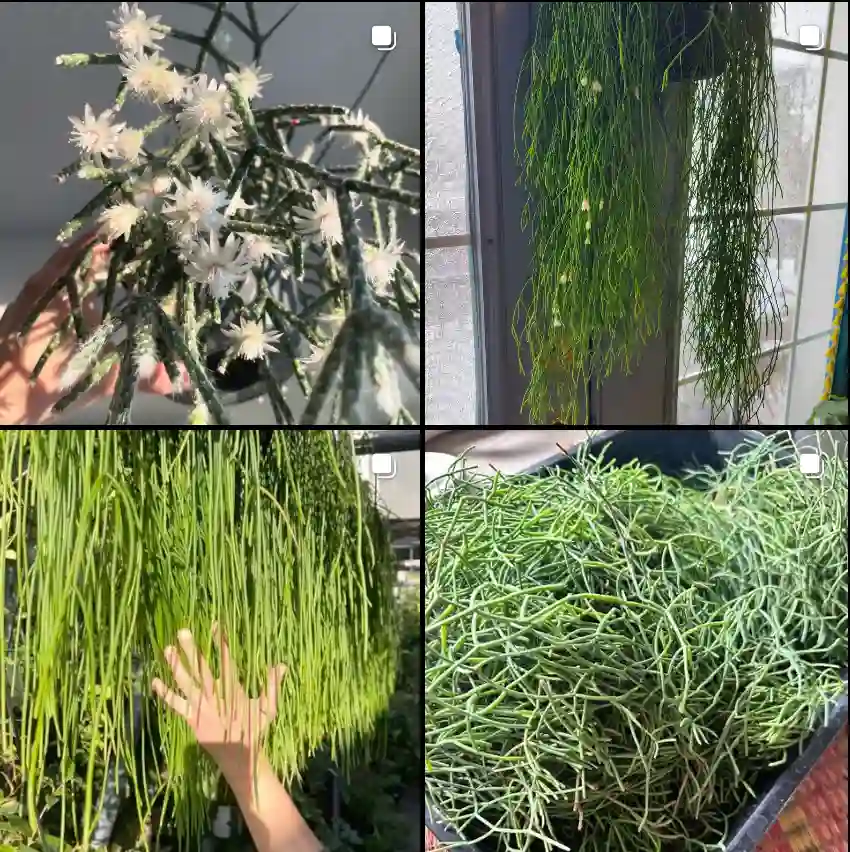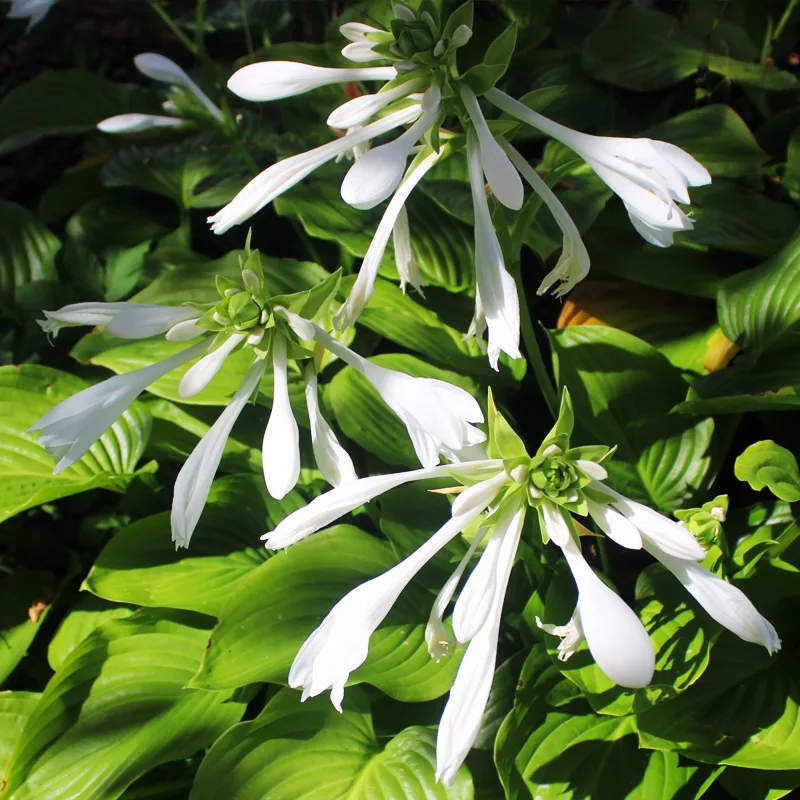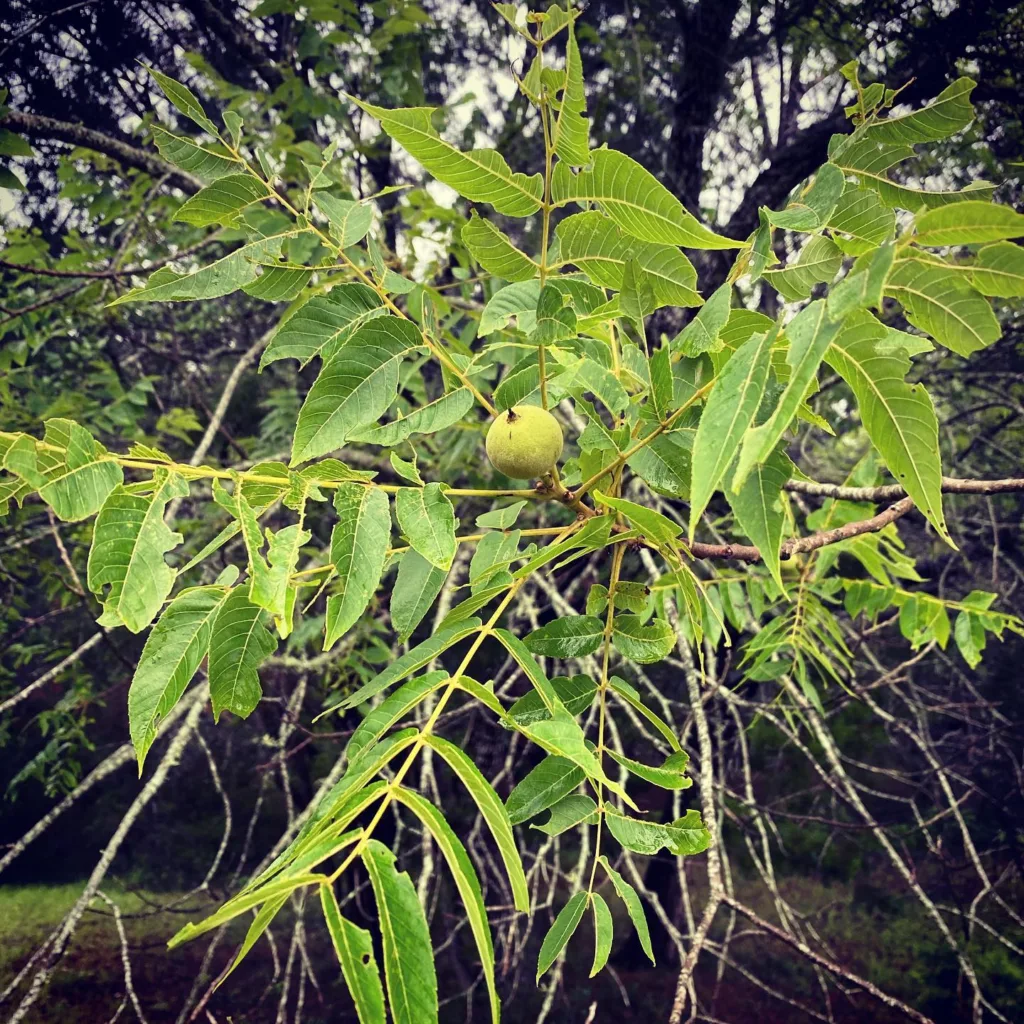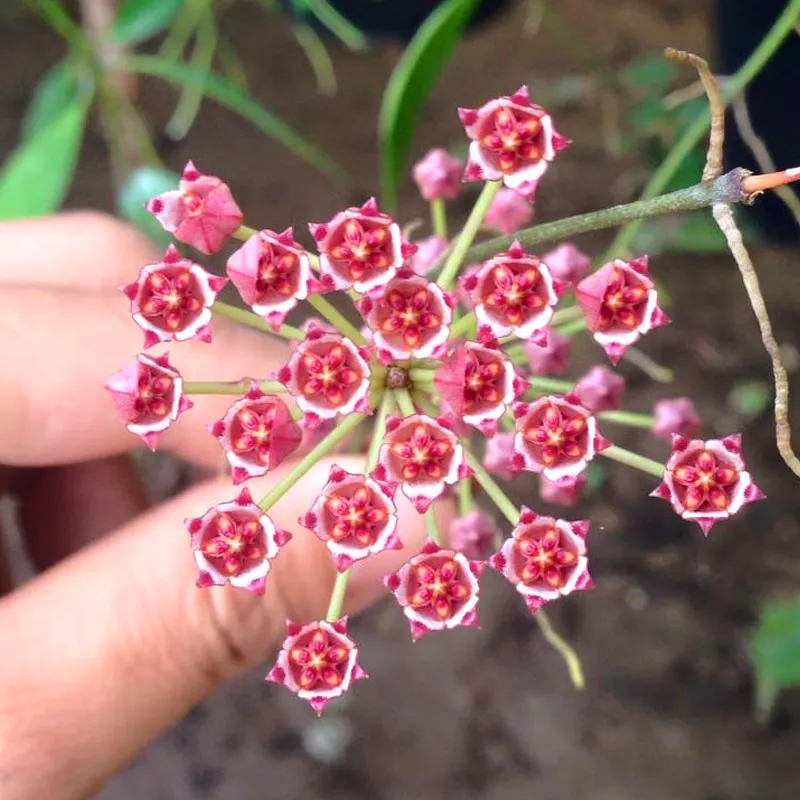
November 25 – Ctenanthe
"Ctenanthe, the never-needs-water plant, defines November 25."
Ctenanthe symbolizes grace and resilience. You maintain composure and beauty, no matter the circumstances. Like its patterned leaves, you are both steady and elegant.
Ctenanthe: My Love Affair with Prayer Plants
I’m Ferb Vu, and I have a confession. I’m utterly smitten with Ctenanthe. These aren’t your average houseplants; they’re living artwork, with leaves that resemble brushstrokes of vibrant colors and intricate patterns. Belonging to the Marantaceae family, they’re often called “prayer plants” due to their fascinating habit of raising and lowering their leaves throughout the day. It’s like they’re reaching for the sun during the day and then folding their hands in prayer at night.
This captivating display, known as nyctinasty, is caused by changes in water pressure in the pulvinus, a joint-like structure at the base of the leaf. But it’s not just this daily ritual that draws me to Ctenanthe; it’s the sheer diversity and beauty of their foliage.
A Kaleidoscope of Colors and Patterns
Each species of Ctenanthe boasts its own unique personality, expressed through its leaves. Here are:
- Ctenanthe amabilis: Also known as the “Never Never Plant” or “Bamburanta,” Ctenanthe amabilis is treasured for its striking foliage, displaying silver-green leaves with deep green veining. The undersides of its leaves are a soft purple, creating a lovely contrast that brightens up indoor spaces. This species thrives in humid environments with indirect light, and while it’s adaptable, it can be sensitive to drying out.
- Ctenanthe amphiandina: Native to Brazilian rainforests, Ctenanthe amphiandina has elongated, lance-shaped leaves that show off a smooth, light green surface with subtle darker shades, providing an understated elegance. It enjoys moist soil and prefers high humidity, making it perfect for terrariums or humid indoor spaces.
- Ctenanthe burle-marxii: Known as the “Fishbone Prayer Plant,” Ctenanthe burle-marxii is celebrated for its unique leaf pattern resembling fish bones, with bold green stripes running down each leaf. The undersides are maroon, adding depth to its appearance. Named after landscape architect Roberto Burle Marx, it prefers indirect light and consistent moisture. Plant FAQs: Ctenanthe Burle Marxii
- Ctenanthe casupoides: This species features broad, paddle-shaped leaves with a glossy green upper surface and a purplish underside, making it a striking addition to tropical collections. Ctenanthe casupoides thrives in partial shade and needs regular watering to maintain its lush appearance.
- Ctenanthe compressa: With its narrow, elongated leaves, Ctenanthe compressa stands out for its sleek, streamlined foliage that creates a dense, elegant look. This species requires higher humidity to prevent leaf curling, making it suitable for humid spaces or as a ground cover in tropical landscapes.
- Ctenanthe dasycarpa: This lesser-known species features velvety foliage with a delicate, soft feel. The leaves are a deep green with subtle silver accents, and the plant does best in filtered light and high humidity, lending itself well to indoor collections and shade gardens.
- Ctenanthe ericae: Ctenanthe ericae is a compact plant with striking green foliage marked by prominent dark veining. Its leaves are rounded, making it visually different from many of its relatives. Ideal for indoor gardening, it grows well with indirect light and needs moderate watering.
- Ctenanthe glabra: This species, with its glossy green leaves and slender, lance-like shape, is well-adapted to low light conditions, making it ideal for indoor spaces with limited light. It enjoys high humidity and regular watering to keep its leaves healthy and vibrant.
- Ctenanthe kummeriana: Characterized by its medium-sized, ovate leaves, Ctenanthe kummeriana is a hardy option among Ctenanthe species. Its leaves are a vibrant green with faint striping, and it does well in moderate light, making it an easy-care choice for indoor environments.
- Ctenanthe lanceolata: True to its name, this species has long, lance-shaped leaves that bring a dramatic touch to any plant collection. The dark green foliage has subtle lighter markings, and its resilience makes it well-suited to both indoor and shaded outdoor settings.
- Ctenanthe lubbersiana: Known as the “Golden Mosaic” plant, Ctenanthe lubbersiana has distinctive yellow variegation across its leaves, creating a bright and lively appearance. Its easy-care nature and love for indirect light make it a popular choice for adding a pop of color indoors. Plant FAQs: Ctenanthe Lubbersiana
- Ctenanthe marantifolia: Ctenanthe marantifolia resembles other Marantaceae family members, with broad, oval-shaped leaves displaying light green veining. Preferring humid conditions, it adds a lush, jungle-like feel to indoor spaces or shaded garden areas.
- Ctenanthe muelleri: This species features dense, bushy foliage with silver-green leaves marked by darker green veins. Ctenanthe muelleri requires consistent humidity and prefers indirect light, making it a good choice for terrariums or bathrooms with natural light.
- Ctenanthe oppenheimiana: Also called the “Never Never Plant,” Ctenanthe oppenheimiana is admired for its large, colorful leaves marked by silver patterns and a purple underside. It adds a bold touch to indoor gardens and thrives in indirect light with regular watering.
- Ctenanthe setosa: Ctenanthe setosa, or the “Grey Star,” showcases silvery-green leaves with a striking dark green midrib and maroon undersides. Its upright growth habit and unique coloration make it a favorite for modern indoor plant displays, and it requires medium to high humidity. Plant FAQs: Ctenanthe Setosa
More Than Just a Pretty Face
While their beauty is undeniable, Ctenanthe offer more than just aesthetics. These plants are also known for their air-purifying qualities. They help to remove harmful toxins from the air, making your home a healthier and more pleasant place to be.
Furthermore, caring for Ctenanthe can be a rewarding experience. They thrive in humid environments and prefer indirect light, making them ideal for those who don’t have a lot of direct sunlight in their homes. With a little attention and care, these plants will reward you with their stunning foliage and captivating movements for years to come.
My Personal Connection
My fascination with Ctenanthe goes beyond their aesthetic appeal. For me, they represent resilience and adaptability. Their ability to thrive in shady conditions and their nightly “prayer” ritual remind me of the importance of finding strength and peace even in challenging times.
I find immense joy in observing their daily rhythm, the subtle shifting of their leaves as they respond to the changing light. It’s a gentle reminder to slow down, appreciate the small things, and connect with the natural world.
In a world that often feels chaotic and overwhelming, my Ctenanthe provide a sense of calm and tranquility. They are a constant source of beauty and wonder, and I am grateful for their presence in my life.
If i die, water my plants!



